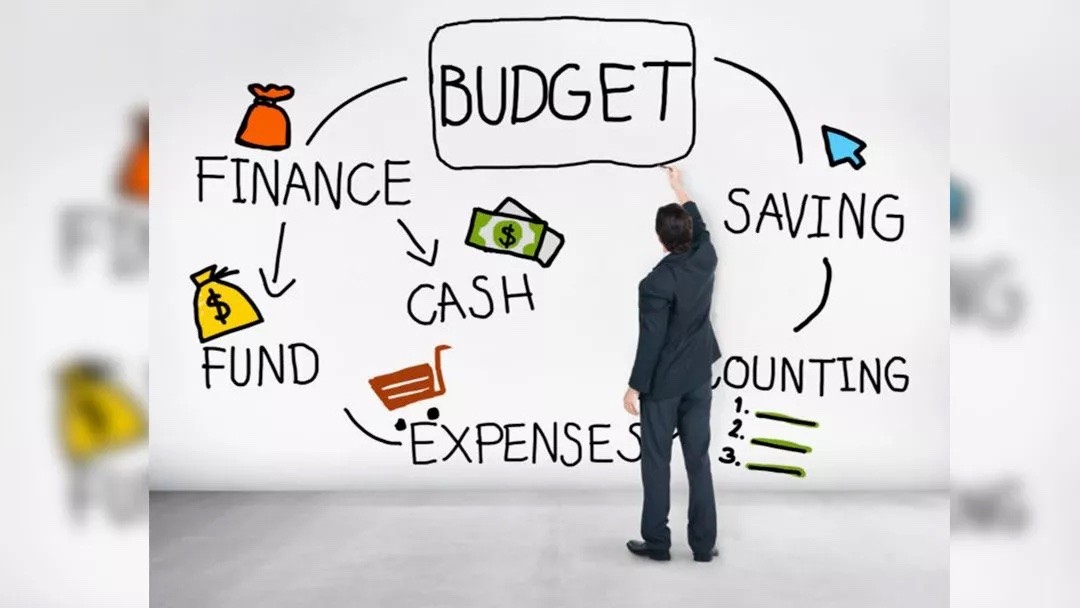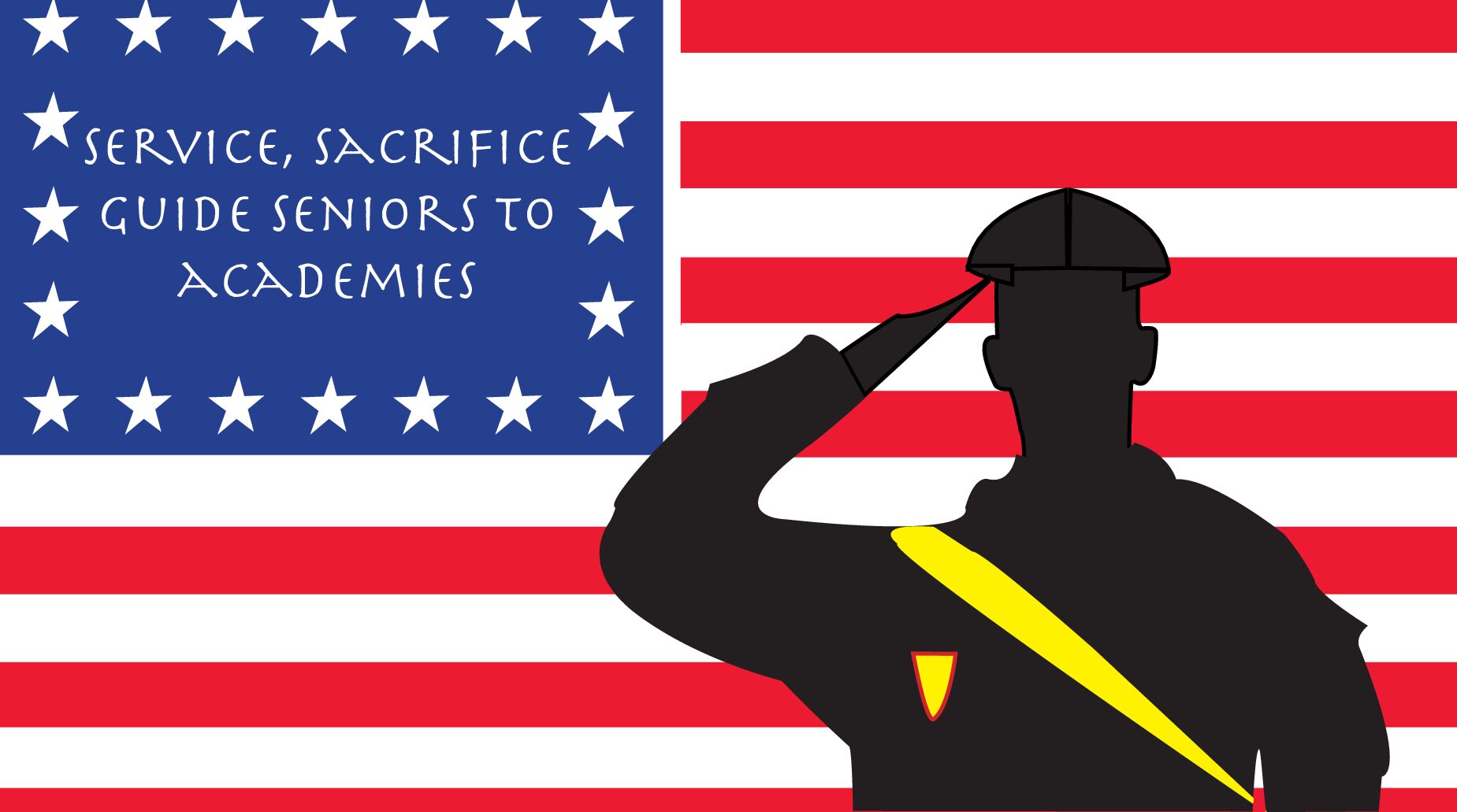Serena Platt, Media Director
@splattcourant
How many students know what a credit score is? What about a 401k? The S&P 500 index? It’s likely that the percentage of those aware would be underwhelming, as a result of the lack of financial literacy skills taught at the high school level. With the school’s number one priority is exposing the student body to the skills necessary for post-graduation life, one vital flaw in the curriculum is the lack of personal economics discussed.
Even students that will never touch a business-related career should be well-informed in the world of financial literacy, which is centered around skills such as budgeting, managing taxes, and banking. An argument can be made that this skill set will naturally develop further down the road, but what is the harm in educating students now? Neglecting these principles in high school only forces students to teach themselves how to be financially smart later in life, and a lack of proactivity is not indicative of a New Canaan High School education.
It’s not that there aren’t courses already offered in these subjects, rather it’s that they’re poorly publicized. This allows a fraction of the student body to hear about and then take these courses. There is already an elective titled Business Practices and Principles that teaches how to write a check, open a banking account, and apply for a job. On the more math-heavy side, Financial Math is taught by Mr. Tournas that grants math credit instead of elective credit.
While Business Practices and Principles is a very popular elective, Financial Math is a relatively unheard-of course. Thus, two options are available to bring these classes to light: either publicize the importance of them more frequently and more extensively, or make them mandatory.
Publicizing their significance would be a quick and easy fix, but boosting enrollment would not be guaranteed. Nevertheless, when it comes time for course selection in the spring, the school should certainly look into sending out emails and providing flyers around the school to inform and draw attention towards these business courses.
The other option is ideal but tricky. Students’ schedules are incredibly hectic each year that truthfully, there isn’t much space to insert another mandatory course. Another option is to look into combining the two courses into a new “Personal Finances” class which would be integrated into health. It’s a possibility that this modification could interfere with state requirements on the number of hours spent educating on physical health. Nevertheless, this idea of improved implementation of personal finances in the school curriculum needs to be an ongoing conversation. There are 100 different ways to go about educating high schoolers on financial literacy, and all we need is one.
Students should not worry if they don’t know how to manage their hard-earned money to sustain themselves. It is the school’s responsibility to prepare the student body for the world ahead by effectively teaching financial management in adulthood.




